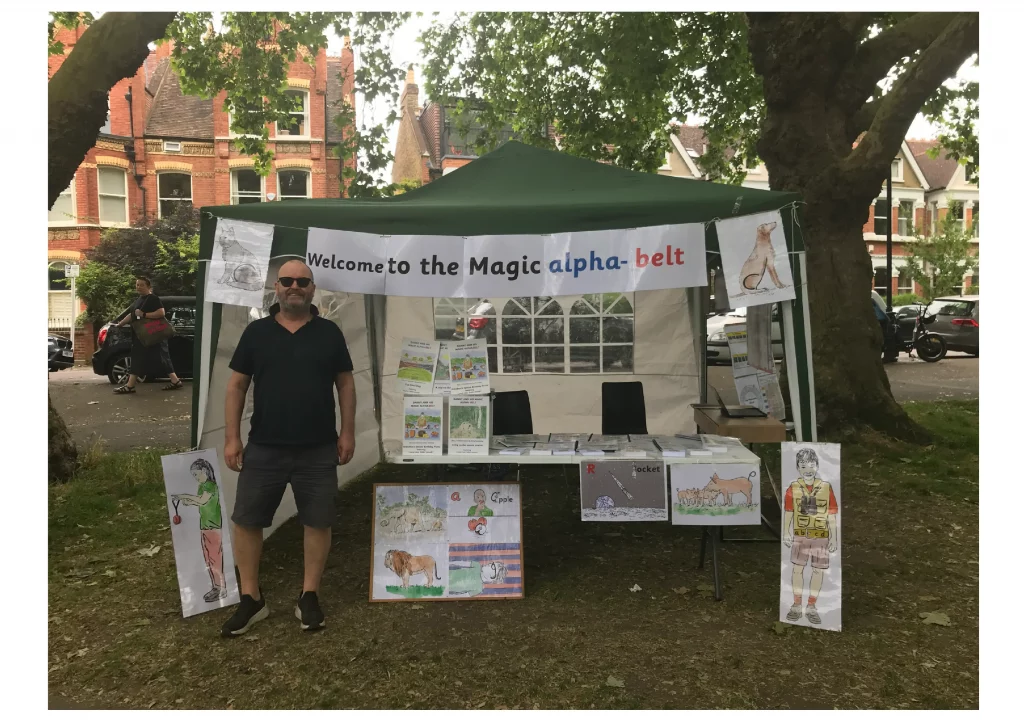The Story of the Magic alpha-belt
The birth of the alpha-pics
I thought it would be helpful to provide the background story, setting out the journey we have gone through to get to where we are today at the Magic alpha-belt.
The seeds of the magic alpha-belt started 28 years ago when my eldest son was in his first year in reception class. As requested by the school, we would test him on his alphabet and, to our surprise, discovered that he was struggling to match letters to sounds and, when quizzed, seemed unable to go much beyond a b c when looking at a letter and making its sound.
I said to my wife there must be a way of cracking this. One thing I knew was that he was a visual learner and liked drawing. That’s where the idea came from. Why don’t I draw pictures with the first letter of the word hidden in the picture so that he would need to find the letters. I thought this would provide a fun element similar to the ‘Where’s Wally’ books that were popular at the time.
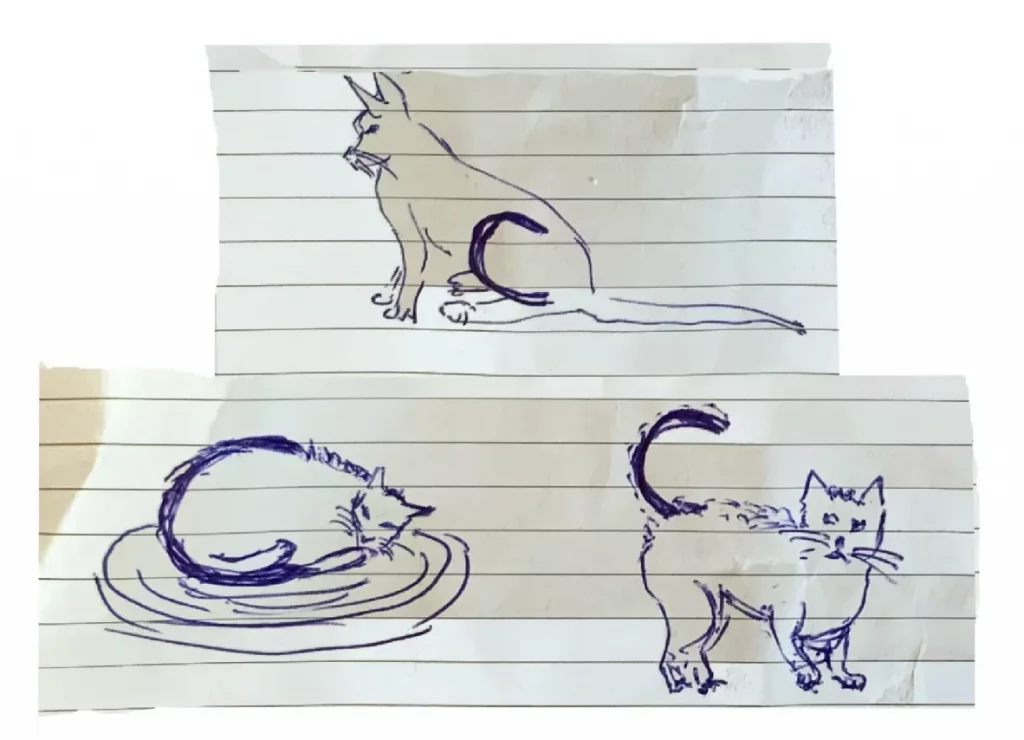
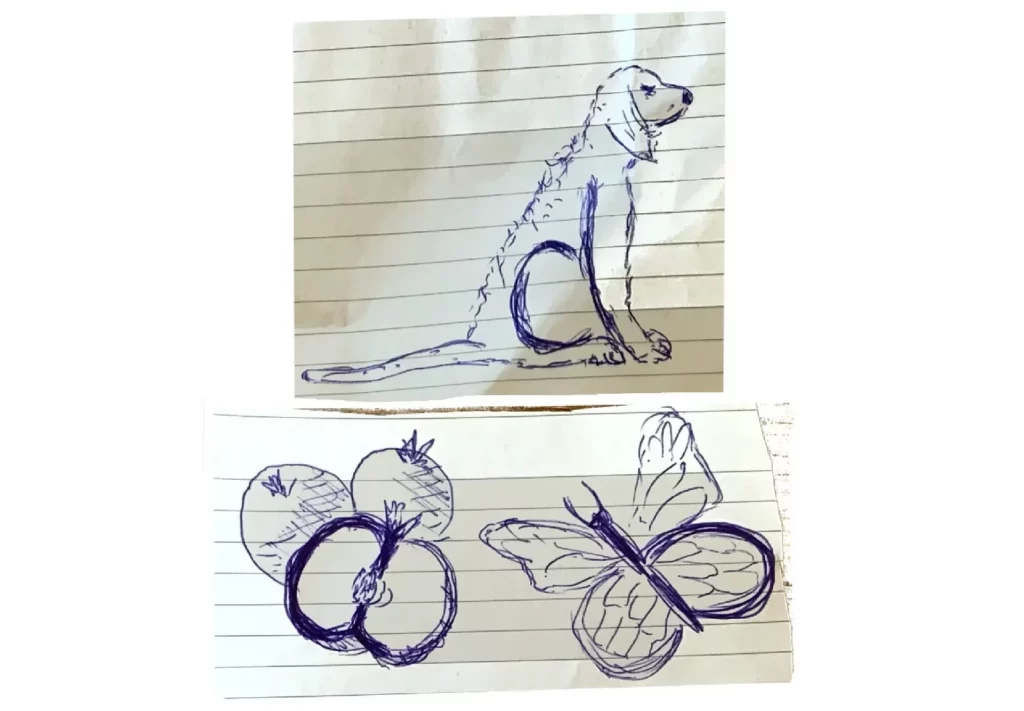
So it started. The first picture I drew was one of our cats. In fact, I drew three pictures and, to my amazement, my son enjoyed finding the letters and sounding them out…. C for cat. I thought hang on, maybe I’m onto something here. I started sketching and before long came up with drawings for the ‘letter sounds’ a, b and d. I showed these to my son and said, can you find any letters hidden in the pictures? Well he could and, more importantly, could sound out the letters as well.
It wasn’t long before I worked my way through the whole alphabet and, after sharing all the 26 pictures/letters with my son, within a couple of weeks, he had mastered the sound of all the single letters in the alphabet. I’m not an educational psychologist, so I don’t know how it worked. My only conclusion was that he was using the pictures and visualising the letters in them to get to the sound.
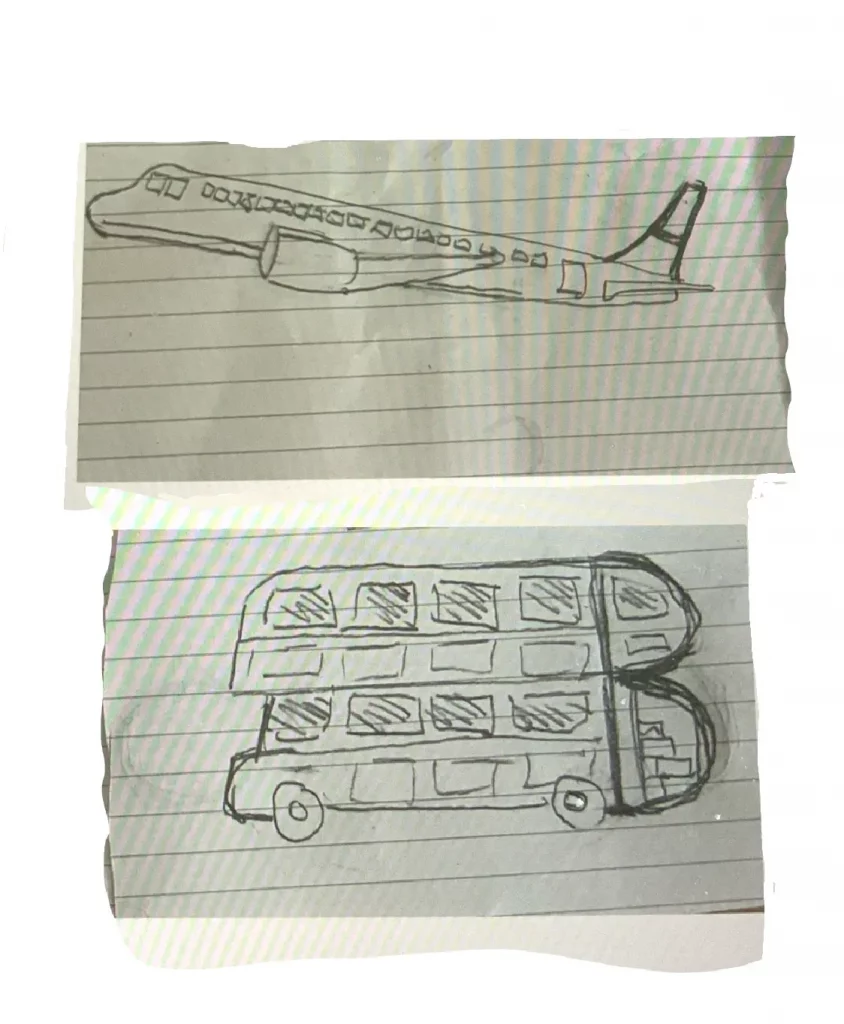
I have to confess, because I love drawing and sketching, I was hooked. I soon moved on to drawing pictures with capital letters and, once again, my son enjoyed finding the letters and sounding them out.
I will never forget getting back from work one evening, lying on the floor was my son drawing his own version of the alphabet pictures. That was wonderful to see. We soon came up with a name for the pictures: ’alpha pics’. I didn’t realise it at the time, but that night was a turning point. If my son liked these drawings, would others like them too? Around this time I had a promotion at work. It was a busy time, so much so, that I had to park the idea of taking the alpha-pics forward. I did say to myself that one day when the time was right, I would definitely pick this up again.
Eight years later- A déjà vu moment
One day, my wife, when picking up our youngest son from school, who had not long started in reception, was hijacked by his teacher. She started the conversation by saying how well he was doing but that he was having problems with his letters and his letter sounds. That night, we retrieved the alpha-pics that we used with our eldest son and set them out. It’s fair to say that although he found the alpha-pics interesting, he didn’t take to the pictures with the same enthusiasm as his brother. He liked them, but there was something missing. Like most children his age, he loved imaginative games and dressing up. It became normal for us to find him galloping up the aisles on his imaginative horse in the supermarket, in his Knights outfit, when we were busy doing our shopping.
Different learning styles and teaching methods
It is interesting that brothers and sisters can be very different. I had done some reading on the different ways that children learn, and it was at this point that I realised another teaching method was needed. Education specialists tell us that teaching is at its best when all the senses are used. The multisensory approach consists of the common senses, which are visual, kinetic, auditory and read/write. Armed with this knowledge, I discovered another way to engage my son’s imagination — by making up and writing stories using the alpha-pics.
The first story about Grandma’s special birthday picnic and the lost kite
And so Danny and the adventure storybooks were born. Stories at bedtime took on a whole new dimension. Danny acquired a fictitious sister and went on adventures with his grandparents. (Sadly, both his grandads were no longer alive, but that was okay. They could have a new lease of life through the adventure stories). Danny was also the hero in the stories, and just like a Knight in shining armour, he came to the rescue whenever his grandad lost things, which was often, or when things needed to be found.
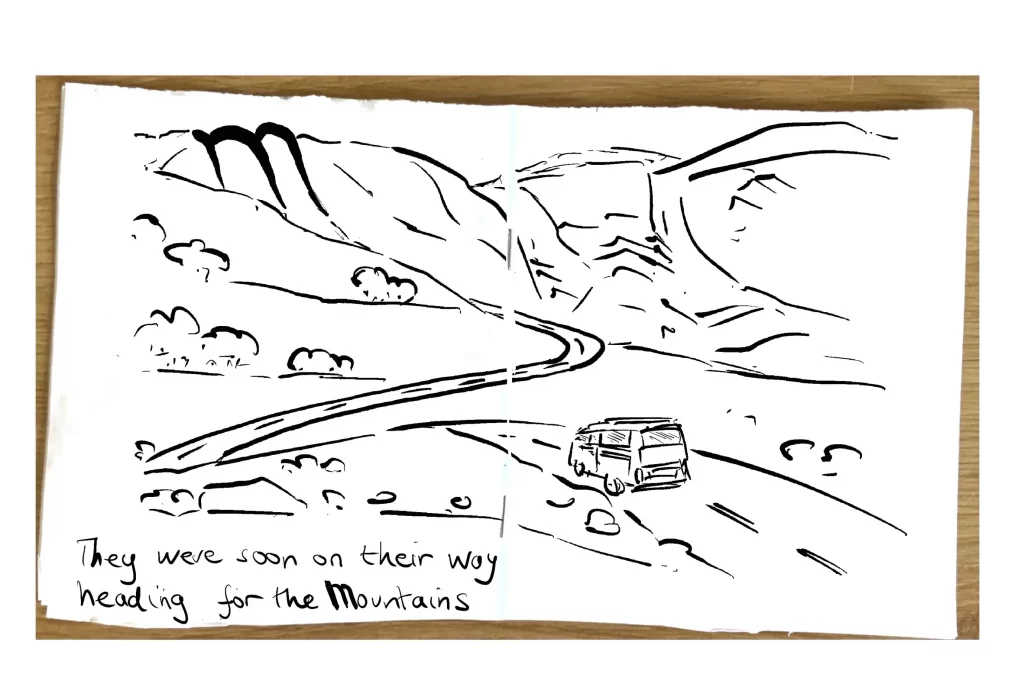
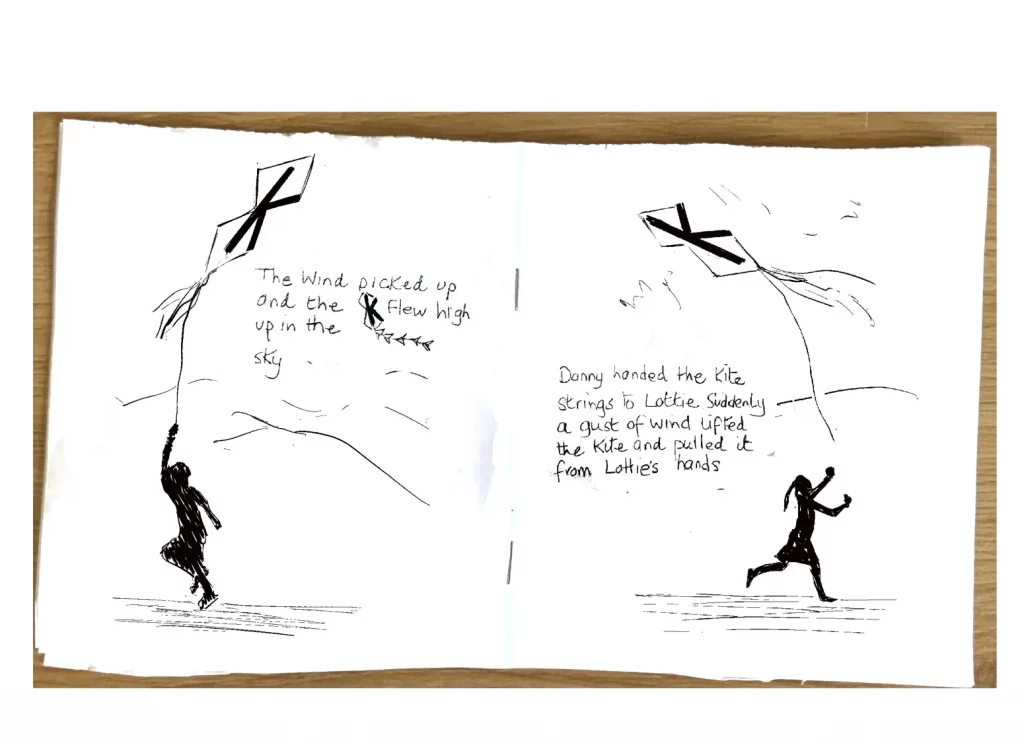
Dressing up in his different outfits was an important addition to the stories. The Magic alpha-belt, worn with all his outfits, became the thing that brought all the ‘letter sounds’ to life as we read through the stories. I wrote and illustrated the first stories on an old notepad which seemed to do the job. My son was soon using his newly acquired powers to find the letters in the alpha-pics as the stories unfolded. In the first story, Grandma’s special birthday picnic, his magic alpha-belt came to the rescue when a kite was blown away in the strong winds, thought to be lost forever.
Lockdown – Time to spare
In 2020, my eldest son had finished university and my youngest son was halfway through his university education. I found through lockdown that I had more time on my hands. Work still took centre stage, but I had more time at weekends and in the evenings, mainly because we couldn’t go anywhere. I decided it was time to revisit the alpha-pics and the magic alpha-belt stories and pick up from where I had left off.
I acquired an iPad and discovered Procreate. Drawing and sketching became my hobby again, only this time, I had some great tools to work with and experiment with. A photocopier, laminators and a paper trimer followed, and soon, I was producing my own laminated flash cards ( see picture) and activity books. The only problem was that I was still focused on the 26 single ‘letter sounds’ in the alphabet. I knew I had to expand to cover more complex topics taught in reception and years 1 and 2 at primary school. I needed to develop resources and activities that would cover the 44 phonic sounds that make up the English language, and develop tools to help children and parents progress from simple phonics to more advanced phonics.
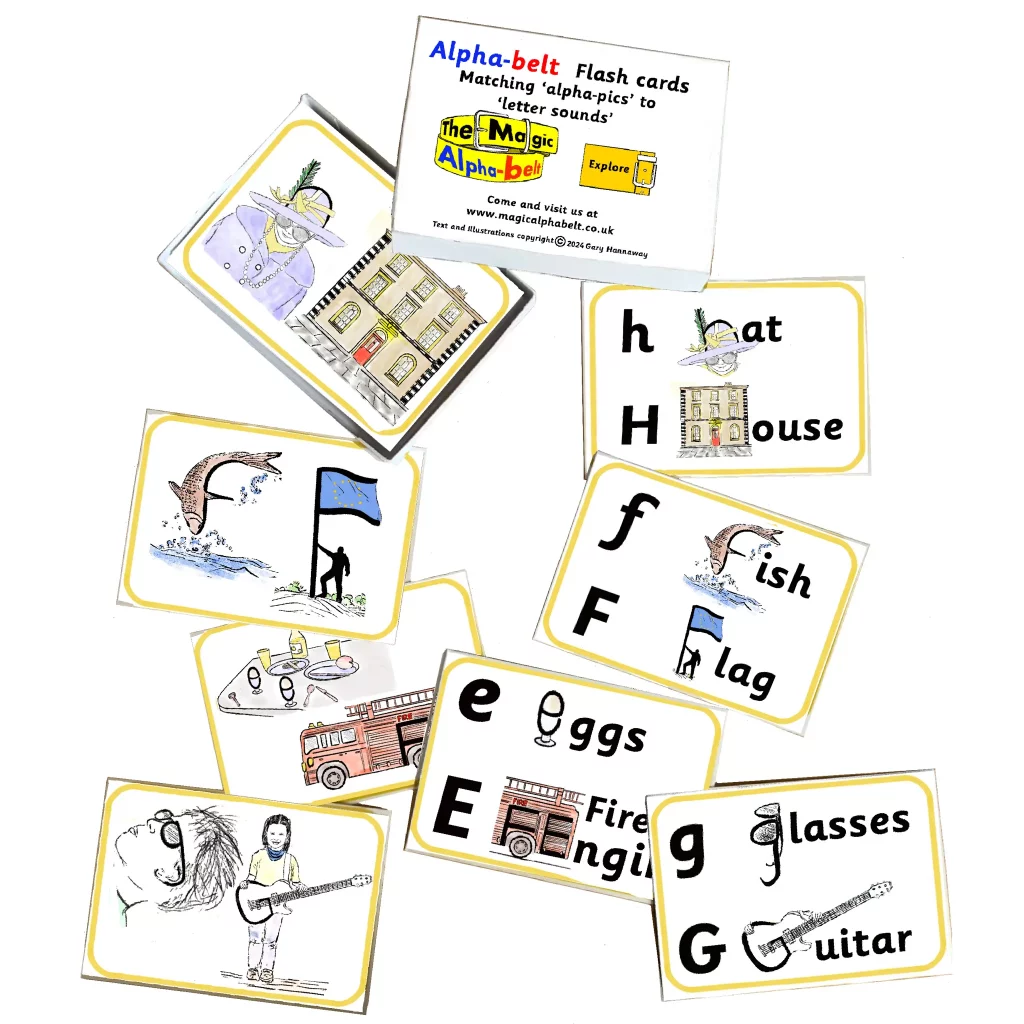
Understanding Phonics
I started to study phonics and how it was taught in schools. At the time, I read a lot of parents’ blogs and picked up a recurring issue. Parents were struggling with phonics and found it a real challenge to support and help their children at home. Being an accountant, I’ve always had to boil things down and explain finances in simple terms, working and supporting colleagues, who are not always confident around numbers and spreadsheets. How could I apply this same principle to phonics? How could I simplify this complex subject and make it more user-friendly for both children and parents? How could I also make it multisensory?
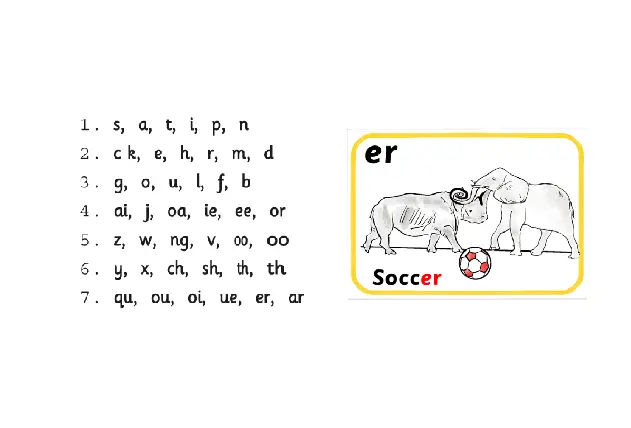
The birth of the Phonicano models
I started to think about sound and musical instruments differently. We all associate music with sound, but words are made up of different sounds not too dissimilar to keys on a piano. Sounding words out and having to code the sounds into letters is a bit like following notes in a music score. I soon started to experiment with the appearance of a piano on my iPad. It is important in phonics to distinguish between Vowel sounds (the black piano keys) and Consonant sounds (the white piano keys). Rather than notes representing keys, the ‘letter sounds’ would represent the keys instead. After experimenting with designs, and applying a little bit of basic programming to create the phonics sounds when the keys were pressed, the Phonicano models were born.
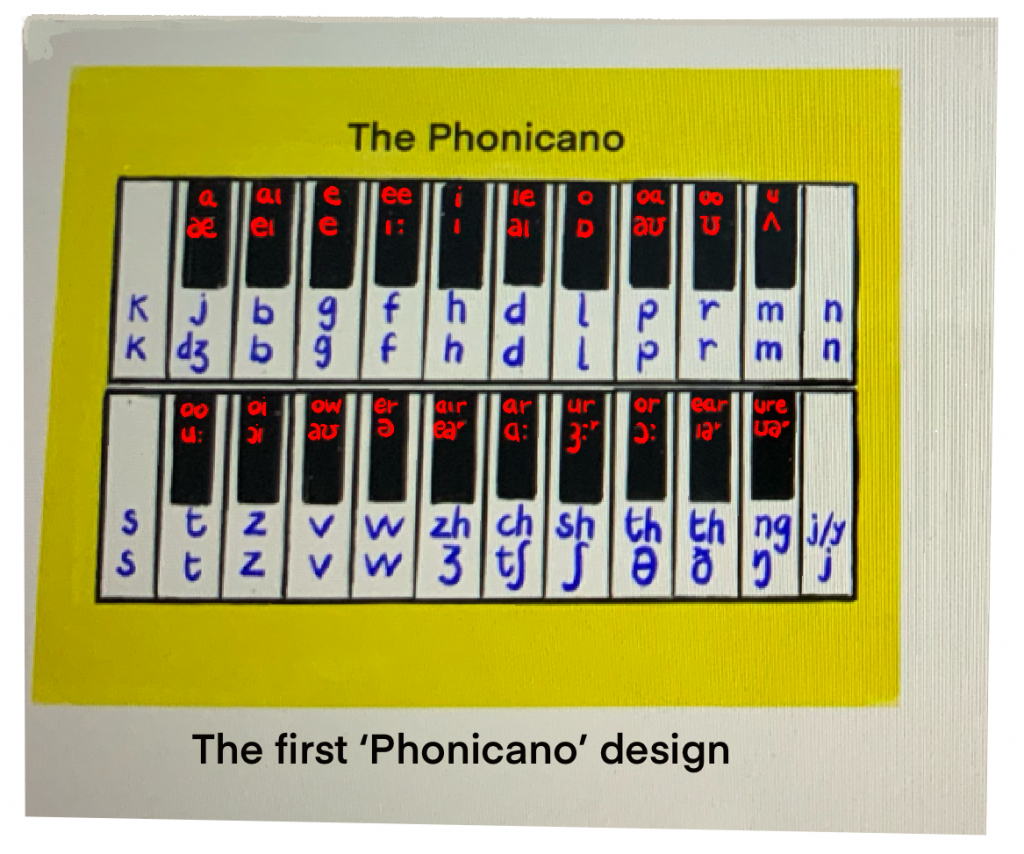
Where we are today
It’s been quite a journey. We wanted to test our resources and activities to see whether there was interest in the Magic Alpha-Belt, so in July 2024, we set up a stall at the Barnes Children’s Literature Festival and invited children, parents, and teachers to explore our products.
Truthfully, we had no idea how we’d be received. But as the weekend went on, we were amazed by the enthusiasm and curiosity people showed. We displayed our adventure storybooks, Alpha-Belt flashcards, activity books, wall posters, guidance booklets, and CVC rhyming poem books — and even had a computer set up to demonstrate our range of audio ‘Phonicano’ models.
It was a joy to watch children pause at our stall, staring curiously at the alpha-pics. Heads tilted side to side, up and down… and then came the “Eureka!” moment:
“Ahh… I can see the letter L in the lion’s tail!”
After such a fun and successful weekend, we decided to go for it — and invested in the website. We’re delighted to bring all our resources and activities together in one place, so parents, teachers, and children can explore the full range.
We hope you enjoy discovering our world — where phonics and letter sounds come to life in a fun and imaginative way.
